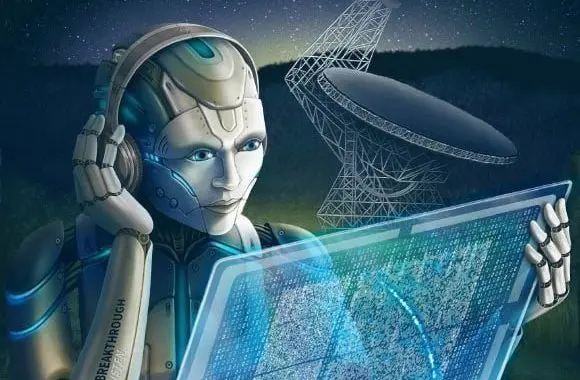If there’s one concept that has caught everyone by storm in this beautiful world of technology, it has to be – AI (Artificial Intelligence), without a question. AI or Artificial Intelligence has seen a wide range of applications throughout the years, including healthcare, robotics, eCommerce, and even finance.
Astronomy, on the other hand, is a largely unexplored topic that is just as intriguing and thrilling as the rest. When it comes to astronomy, one of the most difficult problems is analyzing the data. As a result, astronomers are turning to machine learning and Artificial Intelligence (AI) to create new tools. Having said that, consider how Artificial Intelligence has altered astronomy and is meeting the demands of astronomers.

- Recently, a group of scientists used Artificial Intelligence in a galaxy merger investigation to establish that galaxy mergers were the primary force underlying starbursts. Given the size of the collection, the researchers created a deep learning system that trained itself to locate merging galaxies. According to one of the astronomers, the advantage of Artificial Intelligence is that it improves the study’s repeatability. The reason for this is that the algorithm’s definitions of a merger are consistent.
- The changing sky has captured everyone’s attention as one of the most astounding projects of all time. This project seeks to survey the whole night sky every night, gathering over 80 terabytes of data in one go to study how stars and galaxies in the cosmos change over time.
- One of the most important duties for an astronomer is to find a p. The theory is that whenever an exoplanet passes in front of its parent star, part of the light is blocked, which humans can see. Astronomers use this location to study an exoplanet’s orbit and develop a picture of the light dips. They then identify the planet’s many parameters, such as its mass, size, and distance from its star, to mention a few. However, AI proves to be more than a savior in this case. Using AI’s time-series analysis capabilities, it is feasible to analyze data as a sequential sequence and identify planetary signals with up to 96% accuracy.
- Finding the signals of the universe’s most catastrophic events is critical for astronomers. When exoplanets collide with each other, they cause ripples in space-time. These can be identified further by monitoring feeble signals on Earth. Collaborations on gravitational-wave detectors – Ligo and Virgo have performed admirably in this regard. Both of them were effective in recognizing signals using machine learning. Astronomers now get notifications, allowing them to point their telescopes in the appropriate direction.






